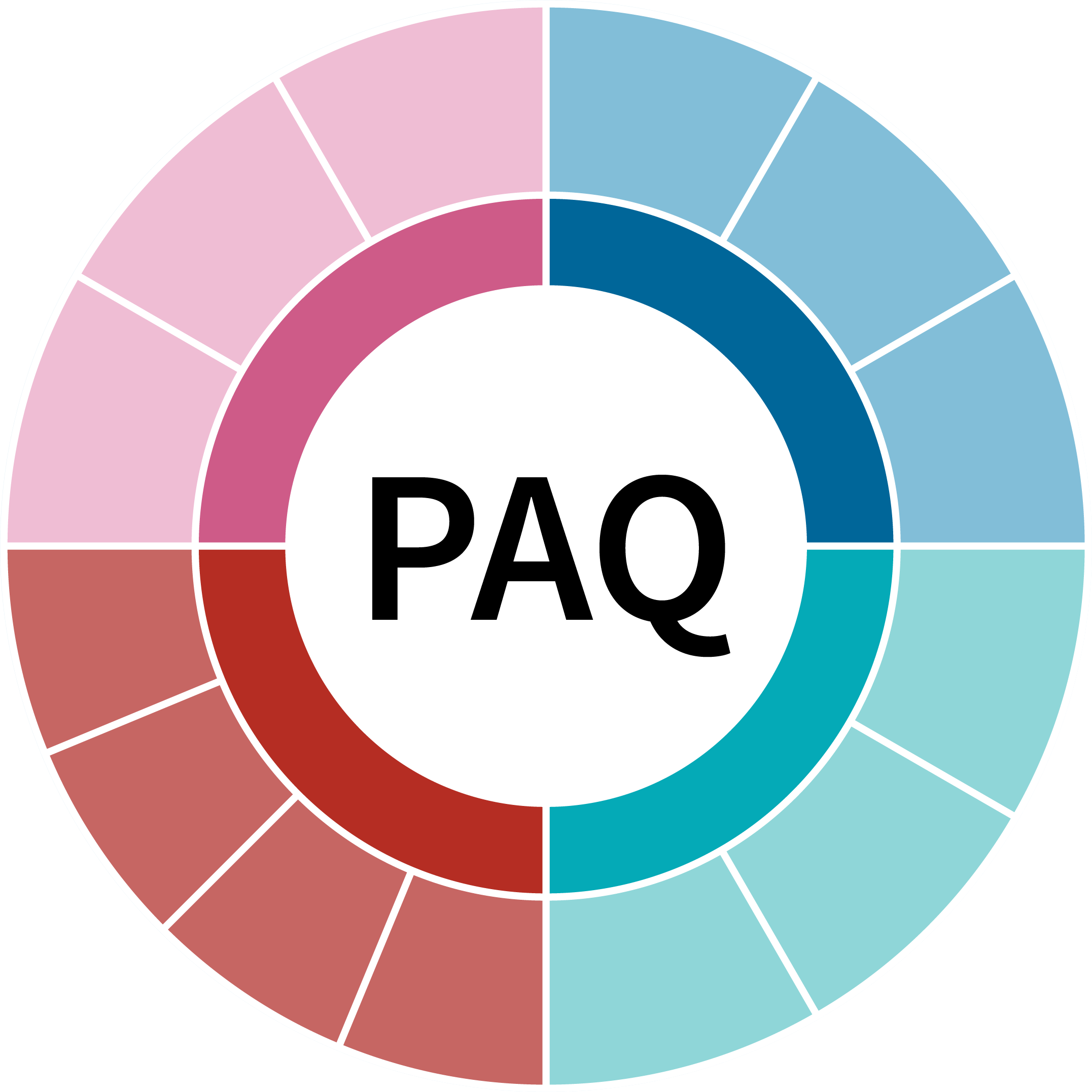· leadership development · 3 min read
Adapt & Thrive: The New Leadership Paradigm
In an era where change is the only constant, leaders are recognizing the power of adaptability not just as a skill, but as a core component of successful leadership.

Overview
In an era where change is the only constant, leaders are recognizing the power of adaptability not just as a skill, but as a core component of successful leadership. At the forefront of this shift is the Personal Adaptive Quotient (PAQ), a groundbreaking approach that we explore to enhance leadership effectiveness in dynamic environments. This blog dives into how adaptability shapes decision-making, problem-solving, and strategic innovation, offering leaders a compass for navigating the complexities of the modern business landscape.
The Essence of Adaptability in Leadership
In the rapidly evolving business world, adaptability is more than a buzzword; it’s the cornerstone of effective leadership. Leaders who navigate changes with agility and resilience not only inspire their teams but also drive innovation and strategic success. Adaptability in leadership involves the capacity to pivot strategies in response to the environment, an openness to new ideas, and the ability to lead with confidence through uncertain times.
Cultivating a Culture of Adaptability
Creating an adaptable culture starts with leadership. By embodying and promoting flexibility, curiosity, and resilience, leaders can encourage their teams to embrace change as an opportunity for growth. This culture of adaptability is critical for organizations aiming to stay competitive and innovative in today’s fast-paced business landscape.
Mindsets for Growth
A leader’s mindset significantly influences their adaptability. Embracing a growth mindset, where challenges are seen as opportunities to learn and setbacks as part of the learning curve, is fundamental. This perspective encourages a proactive approach to change, fostering a positive, forward-thinking culture within teams.
Collaborative Teaming
Effective leaders understand the power of collaboration. They prioritize inclusive decision-making and leverage diverse perspectives to drive innovation. Building trust and open communication within teams ensures that everyone feels valued and motivated to contribute their best.
Motivating for Resilience
The ability to motivate oneself and others is crucial in navigating change. Leaders who demonstrate emotional intelligence, managing their own and their team’s responses to challenges, create a resilient and focused workforce. Cultivating curiosity and a passion for learning can also drive continuous improvement and adaptation.
Strategic and Structured Thinking
Adaptable leadership requires a balance of creativity and analytical thinking. Leaders who employ a strategic approach to problem-solving can navigate complexity with clarity. Experimentation and the ability to visualize and communicate ideas effectively are key skills that enable leaders to guide their teams through uncertain times with confidence.
The Impact of Adaptive Leadership
Organizations that champion adaptive leadership are better equipped to respond to market changes, embrace new opportunities, and overcome challenges. This approach fosters a dynamic, agile workplace culture that can swiftly adapt to external pressures, leading to sustained success and growth.
Adaptable leaders play a pivotal role in shaping the future of their organizations. By fostering a culture of learning, resilience, and flexibility, they prepare their teams to face the complexities of the business world with confidence. The result is a more innovative, responsive, and competitive organization.
Conclusion
Adaptive leadership is crucial in today’s ever-changing business environment. Leaders who embrace and cultivate adaptability within their organizations encourage a proactive, resilient workforce capable of navigating the challenges and opportunities of the modern world. By focusing on growth, collaboration, motivation, and strategic thinking, leaders can transform their approach to change, turning it into a strategic advantage.


